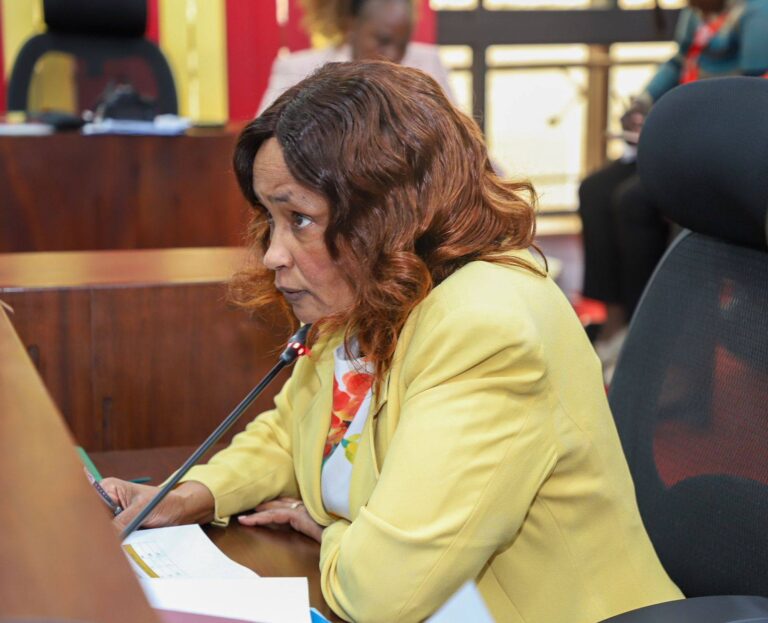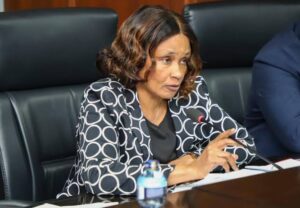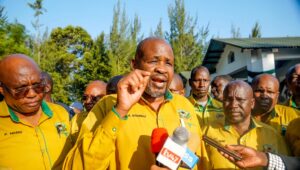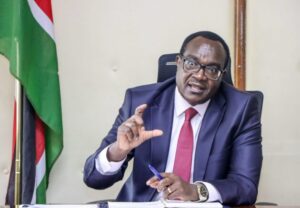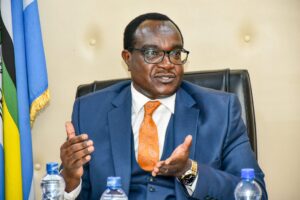In the dusty interior of Kajiado County, students sit in half-empty classrooms, waiting for teachers who may never come. Meanwhile, in nearby urban centres, others enjoy overstaffed schools. The disparity? The elusive and controversial hardship allowance.
Teachers posted to government-recognized “hardship areas” receive extra pay as compensation for difficult working conditions. But who decides what qualifies as “hardship”? According to TSC’s acting boss Eveleen Mitei, that’s a question only the Public Service Commission can now answer.
Mitei, appearing before a parliamentary committee, admitted the TSC is still using a nearly three-decade-old legal notice—dating back to 1997—to determine where hardship allowances apply. MPs, led by Raphael Wanjala, are not happy. “How can you have one part of a constituency classified while the rest is ignored?” he asked, adding that the flawed system is driving inequality and even corruption.
In May, there was hope for change when Musalia Mudavadi touted a government plan that could harmonize hardship designations across the public sector. The savings? Sh6 billion annually. But just weeks later, the plan was shelved after a public uproar. Civil servants and elected leaders argued the review left many deserving areas out of the new list.
Now, confusion reigns. The Public Service Ministry says it’s reevaluating. Parliament wants answers. Teachers in neglected zones want justice. And Kenyan children—especially those in truly remote and underserved communities—are the ones paying the highest price.
Until the government takes a clear, consultative approach, the hardship allowance will remain a symbol of both promise and failure in the country’s education system.
